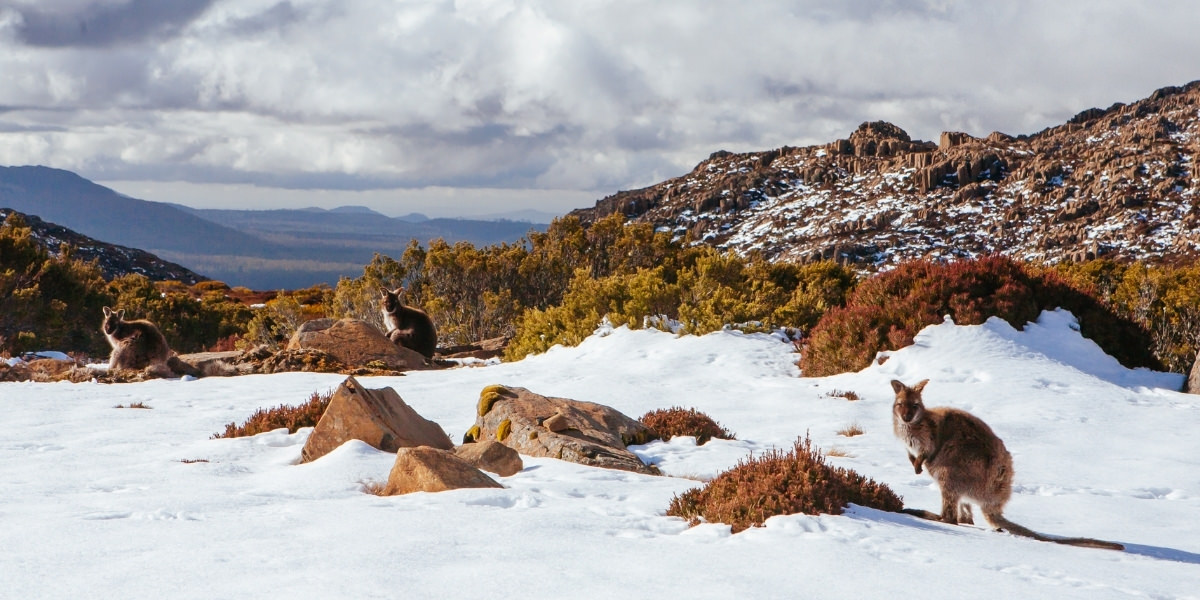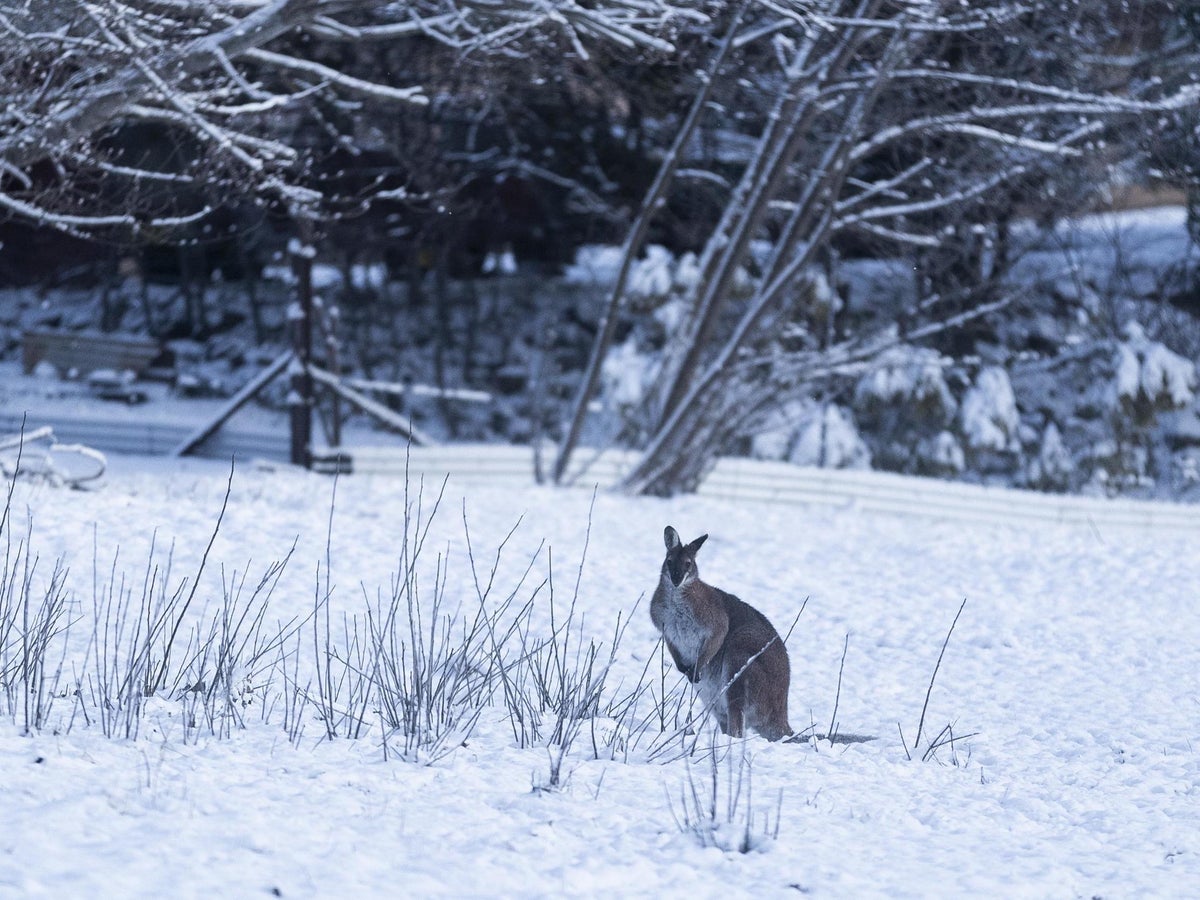Find Out About the Regions That Occasionally See Snow In Australia During the Winter Season
Find Out About the Regions That Occasionally See Snow In Australia During the Winter Season
Blog Article
Discover the Remarkable Results of Snow in Australia on Regional Ecosystems
Regardless of its reputation for sun-soaked landscapes, Australia additionally boasts areas blanketed by snow-- a phenomenon that exceptionally affects the nation's special environments. The protecting homes of snows safeguard vegetation and fauna among the chilliest winters months, while the melting snow nurtures rivers and marine life.
The Unexpected Areas of Snowfall in Australia
Although Australia is commonly connected with sun-scorched landscapes and sandy beaches, certain regions surprisingly experience snowfall. The high country areas of New South Wales, Victoria, and Tasmania are especially understood for their wintertime snow. The Snowy Mountains in NSW, as an example, get abundant seasonal snow, providing a raw contrast to the country's regular hot, arid climate. The Victorian Alps and parts of Tasmania likewise see yearly snowfalls, changing the landscape right into a wintertime wonderland. These locations are not simply abnormalities yet important parts of Australia's varied climate system. The visibility of snow in these regions dramatically affects regional ecosystems, ultimately impacting the nation's special biodiversity. The specific influence on Australia's unique plants will certainly be gone over in the following section.

Exactly How Snow Impacts Australia's One-of-a-kind Flora
These plants have actually developed to endure in extreme problems, with snow offering as a protective blanket from freezing temperature levels and severe winds. The snow also contributes to the wetness material of the soil, providing needed hydration for plant life during the dry summertime months. In significance, the snow affects the timing of blooming and seed dispersal, the development prices, and the survival of lots of plant species, showcasing the elaborate interaction in between climate and flora in Australia.

The Adaptations of Australian Fauna to Snowfall
Equally as Australia's flora has adapted to the wintery conditions, the neighborhood animals as well, display impressive adaptations to the snowfall. Types like the Hill Pygmy-possum, the only Australian marsupial understood to hibernate, have developed approaches to make it through in snowy environments. It uses the snow as insulation, hibernating in rock crevices beneath the snow to remain cozy. Likewise, the Snow Skink, a types of lizard, useful reference transforms its colour to white during wintertime, giving camouflage versus killers. Birds Click Here such as the Snowy Mountains' Crimson Rosella likewise adjust their diets to consume offered food sources throughout colder periods. Thus, despite the harsh problems, Australian fauna demonstrates a flexible and resilient nature, guaranteeing their survival in areas experiencing snowfall.
The Function of Snow in Shaping Local Communities
In shaping the regional communities, the function of snow in Australia is both multilayered and extensive. Snow supplies a crucial water source, feeding rivers and tanks as it thaws, thus sustaining a range of marine life forms. The existence of snow shapes the greenery patterns, animal behavior, and overall sustainability of Australia's unique ecological communities.

The Future of Snowfall in Australia: Implications and forecasts

Provided the critical role snow plays fit regional ecological communities, the future of snowfall in Australia is attracting raising focus from researchers and conservationists. Present climate versions forecast a substantial decline in snowfall because of worldwide warming, with possibly profound effect on neighborhood communities. Much less snow might cause reduced water availability in towering areas, adversely impacting wildlife habitats and plant. Furthermore, it can change the timing of seasonal changes, interrupting the life process of numerous native types. The tourist market, greatly reliant on the winter months snow period, may likewise deal with significant obstacles. Understanding these predictions and their ramifications is critical to establish efficient preservation techniques, making sure the preservation of Australia's unique biodiversity and the sustainability of its economic climate.
Conclusion
The role of snow in Australia's ecological communities is pivotal yet frequently neglected. It functions as a guard, a nurturer, and a shaper of diverse alpine varieties, adding to the richness of Australia's high nation. As climatic patterns proceed to move, find here understanding the effects and prospective makeovers of these snow-influenced environments is crucial. Thus, the snow in Australia is greater than a natural spectacle; it's a vital gamer in the nation's environmental narrative.
In spite of its reputation for sun-soaked landscapes, Australia likewise boasts areas blanketed by snow-- a sensation that profoundly influences the nation's special ecosystems. It makes use of the snow as insulation, hibernating in rock gaps beneath the snow to remain warm - Does It Snow In Australia.In forming the neighborhood ecosystems, the duty of snow in Australia is both multilayered and profound. The presence of snow forms the plant life patterns, pet actions, and general sustainability of Australia's unique communities
Offered the crucial duty snow plays in shaping regional ecological communities, the future of snowfall in Australia is drawing increasing interest from researchers and conservationists.
Report this page